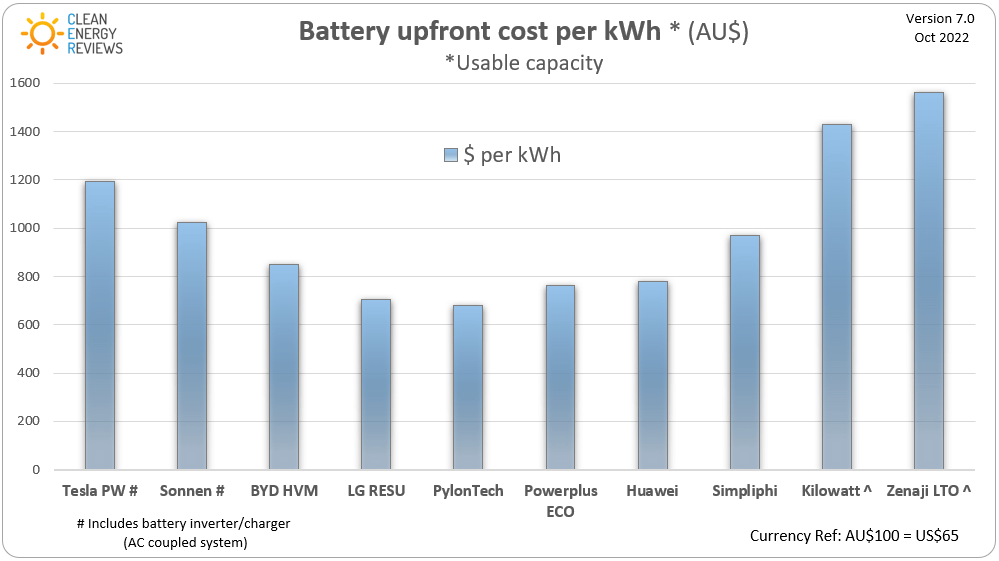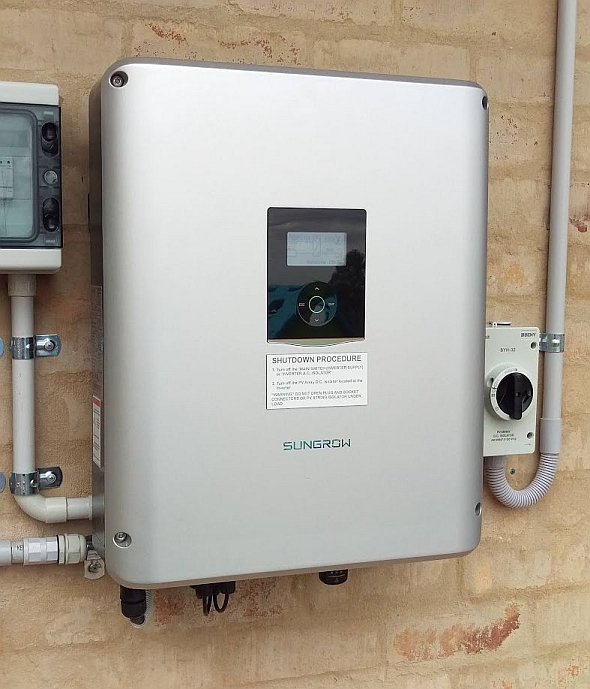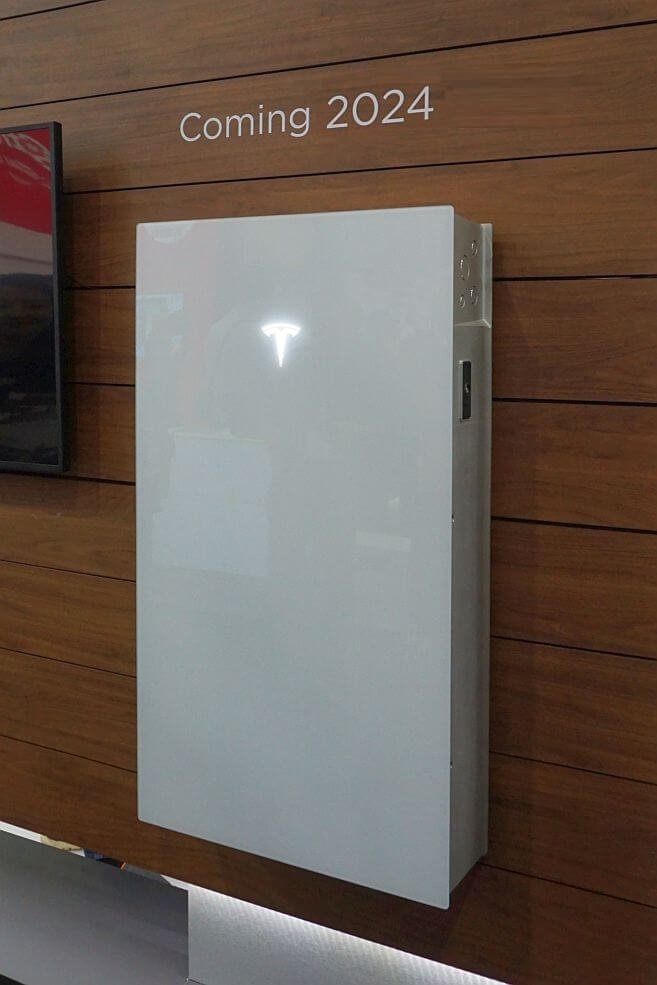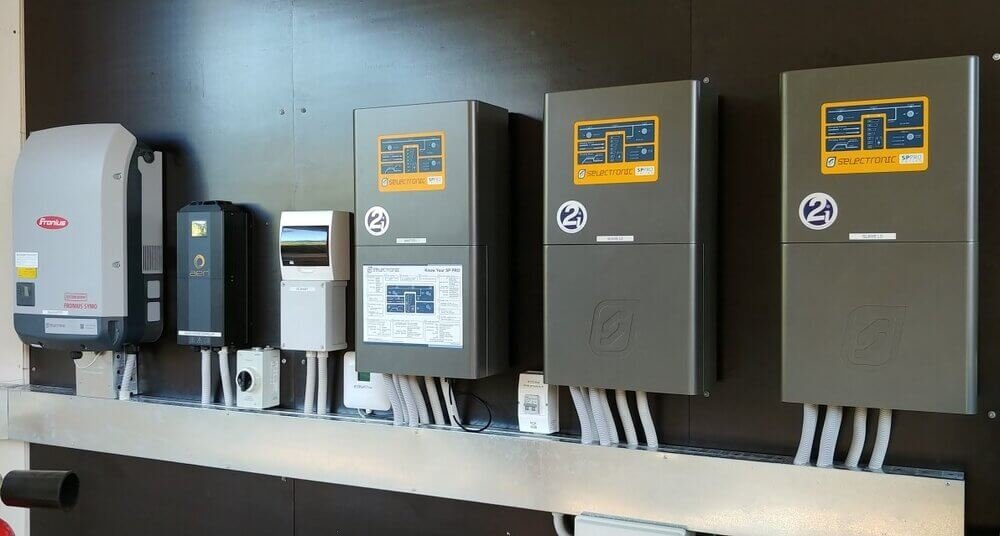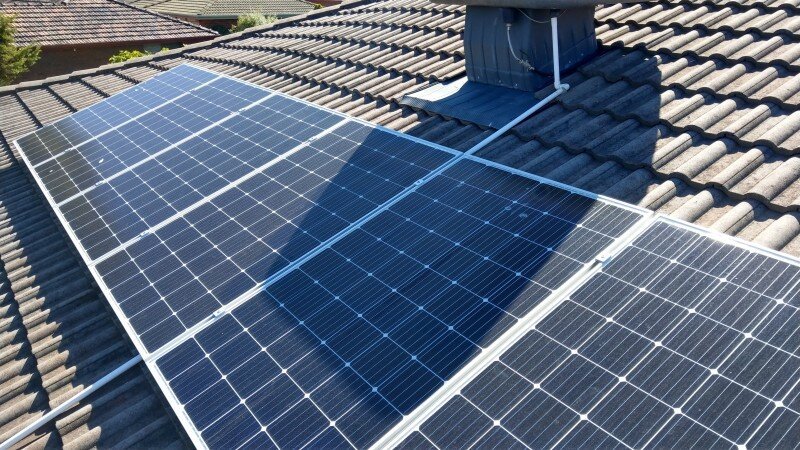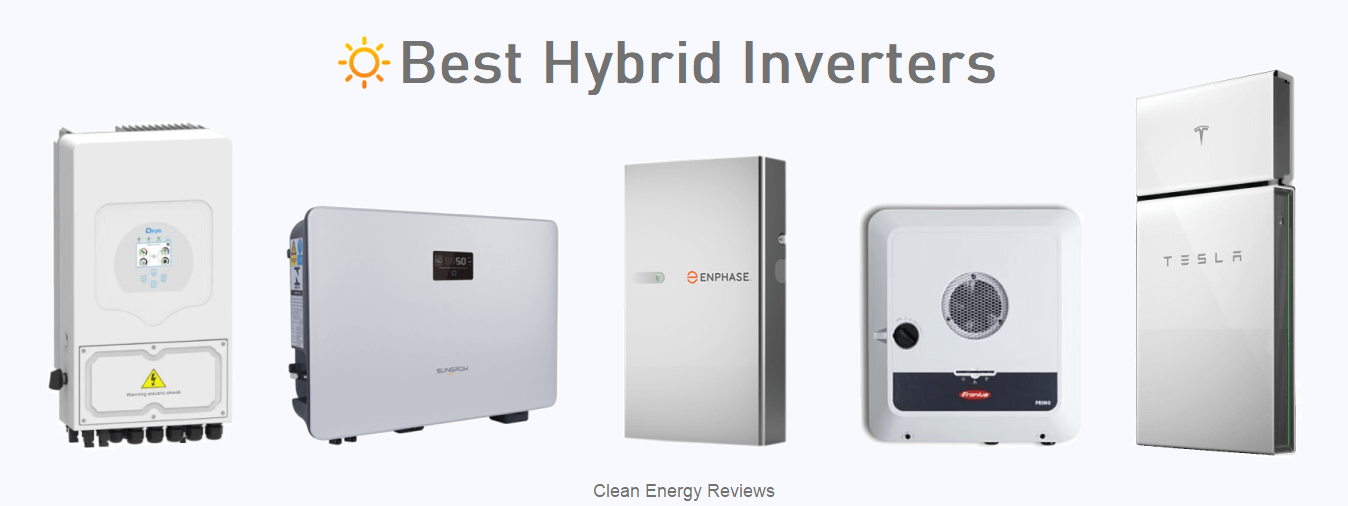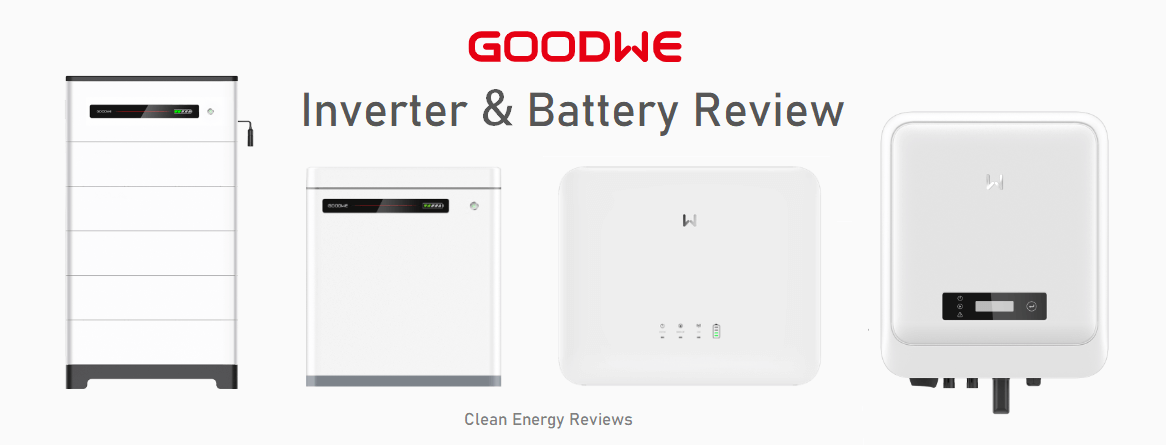Home solar battery systems - Comparison and costs
The giant leap forward in battery technology has seen immense interest in people looking to go off-grid, store their excess solar energy to increase self-consumption and become energy-independent. However, the rapid pace of technology has resulted in some confusion over what is achievable and which battery system is best suited to individual households. Costs can also vary widely depending on the amount of energy storage capacity (measured in kWh) and the type of solar inverter required.
New to solar and batteries? See our basic introduction to battery systems and the different types of solar systems, including grid-tie, off-grid and hybrid.
How much does a Home battery system cost?
The cost of home battery systems depends on the battery size or capacity, measured in kilowatt-hours (kWh) and the brand of solar or hybrid inverter used. Average household batteries cost anywhere from $ 5,000 for a small 5kWh battery (fully installed) to $15,000 or more for a sizeable 12kWh battery. Costs can vary depending on the type of battery, installation location, backup power requirements and type of inverter used. Battery prices have slowly been reducing over the last few years, but not as quickly as many had hoped.
To give some more insight, an average 3-bedroom home uses around 20kWh of electricity per day. However, some of this energy is used during the day and could be directly powered by solar alone. With this in mind, a moderately sized 10kWh battery would generally be large enough to cover the evening and overnight periods. Every household is different, and usage patterns can vary greatly. For those more energy-conscious and use efficient appliances, a smaller 5 to 6kWh battery will be more suitable and cost-effective and provide enough backup power to support basic essential loads such as lighting, computers and fridges.
Battery upfront cost per kWh comparison chart - See the complete detailed home solar battery article
Basic battery cost guide
As a general guide, in Australia, a battery system will cost around $1000 per kWh installed, or in the US, it’s closer to US$700 per kWh. For example, the Tesla Powerwall 2 with 13.5kWh of storage capacity will cost around US$ 15,000 fully installed. In comparison, the 9.8kWh LG RESU battery costs around US$6000 plus the additional cost of a compatible hybrid inverter and installation. There may also be additional costs and switchboard upgrades, especially if dedicated circuits must be backed up during a blackout. The battery location is also important. Some households may require dedicated enclosures or covers to help protect the battery from extreme weather and direct sunlight, which could result in overheating and shutdown. In many cases, the warranty may be void if the battery is not installed in a semi-protected location. For more information, see all our detailed battery comparison charts, including DC-coupled batteries.
Solar and battery cost calculator
Our free solar and battery calculator can help you quickly calculate the optimum size solar and battery system for your home or business. Note you will want to focus on the shorter winter months to ensure you have enough excess solar energy to charge the battery in winter.
Off-grid battery systems
Off-grid systems require a much greater battery capacity (generally from 12kWh to 30kWh+) along with dedicated off-grid inverters and other equipment, so the cost to go off-grid is generally much higher. As a general guide, the Powerplus Energy, GenZ, Pylontech, BYD, Simpliphi or Zenaji batteries are a few of the best options due to their compatibility with the leading off-grid inverters. For more details and information, see our comprehensive off-grid solar systems review.
Do you need a battery?
Home battery system using the LG chem RESU-H battery and SolarEdge inverter - by Skyline Solar
Unless you experience frequent blackouts the answer is generally no. For many people, the cost of a battery system is simply too high, but this doesn't mean you can't take advantage of rooftop solar. For most households, rooftop solar can reduce your electricity bills by up to 60% or more depending on the amount of energy you use during the day. For example, it is possible to run energy-intensive appliances such as dishwashers, air-conditioners and washing machines for free using your solar energy during the day.
In most states, you will receive credits for any excess electricity fed back to the grid. The feed-in credit (FiT) rate is usually around $0.10 per kWh but was recently reduced to $0.05 in some states. This is much lower than the cost of electricity, which is on average $0.30 per kWh in Australia; hence, why is it worthwhile using your solar to run appliances or heat hot water during the day while it is being generated?
The payback period or return on investment (ROI) for most battery systems is around 8-12 years. With this in mind, it’s generally more cost-effective to install rooftop solar and run efficient appliances or heat hot water during the day rather than store excess energy in a battery. However, for some people, the value and security of having a reliable, sustainable power supply easily outweigh the cost.
Detailed home battery cost comparison
For a full in-depth comparison of the cost of purchasing a home battery system plus the operating cost over the life of the battery, see our detailed home battery storage guide.
Cost comparison chart of the leading battery systems - including AC coupled battery (retrofit) options.
Is my solar system battery ready?
The Sungrow Hybrid inverter installed without a battery connected.
Most existing solar systems can have energy storage added using an additional inverter or one of the many AC-coupled batteries now available. Some companies may advertise a battery-ready system; these systems are just like a standard grid-connected solar system but use a hybrid inverter rather than a common solar inverter. Hybrid inverters have battery connections and controls built-in, which makes adding a battery much easier in the future. The downside is ‘battery ready’ or hybrid inverters are typically 20-30% more expensive than a standard solar inverter. An additional problem is due to the rapid evolution in battery technology, if you install a hybrid inverter and want a battery several years later, a compatible battery may be difficult to find.
Smart home controls
Several modern solar inverters have inbuilt 'demand' or energy management controls. These can automatically switch on appliances when there is excess solar energy, rather than sending it to the grid for little return. Additionally, companies such as Solar Analytics make clever monitoring devices which can be added to any existing system to enable remote monitoring of both solar and energy consumption.
Hot water diverters
The Catch Power solar hot water diverter
There are several add-on devices available to automatically heat hot water using excess solar energy which is in effect using hot water as energy storage. Fronius have an add-on system called the ohmpilot, and SolarEdge also have a diverter, plus there are several well known retrofit systems from Catch Power, Powerdiverter, and Paladin.
Hot water systems store energy but unlike batteries which use chemical reactions so store energy, hot water systems simply store energy as heat. If you have electric hot water then by adding a timer or solar power diverter you can reduce energy costs by up to 30% by using excess solar energy to heat your water during the day.
Using an EV battery for Solar Storage
A new and emerging technology known as vehicle-to-home (V2H) is slowly being implemented into some next-generation electric vehicles, allowing the EV to feed power into your home. An EV is essentially a very large battery on wheels and can store excess solar energy and power your home using a specialised charging system. A similar technology, known as vehicle-to-grid (V2G), has been trialled in several countries and can export energy from the EV to the grid when there is a high demand to help stabilise the grid. This uses a similar advanced home EV charging system called a bi-directional charger. Learn more about solar V2H and V2G technology in our bidirectional charging explained article.
Charging an EV using solar power
Like any large household appliance, it is easy to charge an electric vehicle with rooftop solar during the day using any common plug-in or wall-mounted EV charger. However, to enable the system to use only solar energy for charging, especially during cloudy or intermittent weather, a smart EV charger is required. These chargers require an add-on clamp (CT) meter to measure the energy flow to and from the home and ensure only excess solar is used for charging. For more information, see our detailed review of the best smart EV chargers.
Popular Home battery options
BYD Premium series
DC-coupled battery
BYD batteries have been available in Australia since 2015 and become one of the most popular battery systems for home energy storage. The company pioneered the modular stackable lithium battery concept in 2017 and manufacturers modules based on LFP cells due to the increased safety, stability and lifespan compared to other lithium chemistries. The LVS Premium series is a 48V modular tower battery system designed to cater for different energy storage requirements. Usable capacity is 4kWh, and up to 6 modules can be installed per tower for a total of 24kWh. For greater storage capacity, multiple towers of 4 modules can be linked together with a maximum of 16 towers, or 256kWh. Learn more in the detailed BYD battery review.
Other recommended DC-coupled battery options
Victron Inverters and PylonTech batteries
Redback (all-in-one ESS system) with PylonTech batteries
Goodwe Lynx battery and Goodwe Hybrid ES hybrid inverter
Huawei LUNA2000 battery and SUN2000L1 inverter
Tesla Powerwall 2
AC-coupled battery
The Tesla Powerwall 2 is one of the most well known and popular battery systems in Australia and North America. Available in one size only, the Powerwall 2 is an AC battery with a relatively large 13.5kWh capacity, which is more than enough for the average household. The recent price increase means the Powerwall 2 will set you back around AU$10,500 plus installation. With the additional backup gateway and installation, the total cost can be upwards of $15,000, but it also offers some advanced features such as liquid cooling and an inbuilt inverter. However, it still requires a solar inverter to operate with a solar array. See the detailed Tesla Powerwall 2 review.


